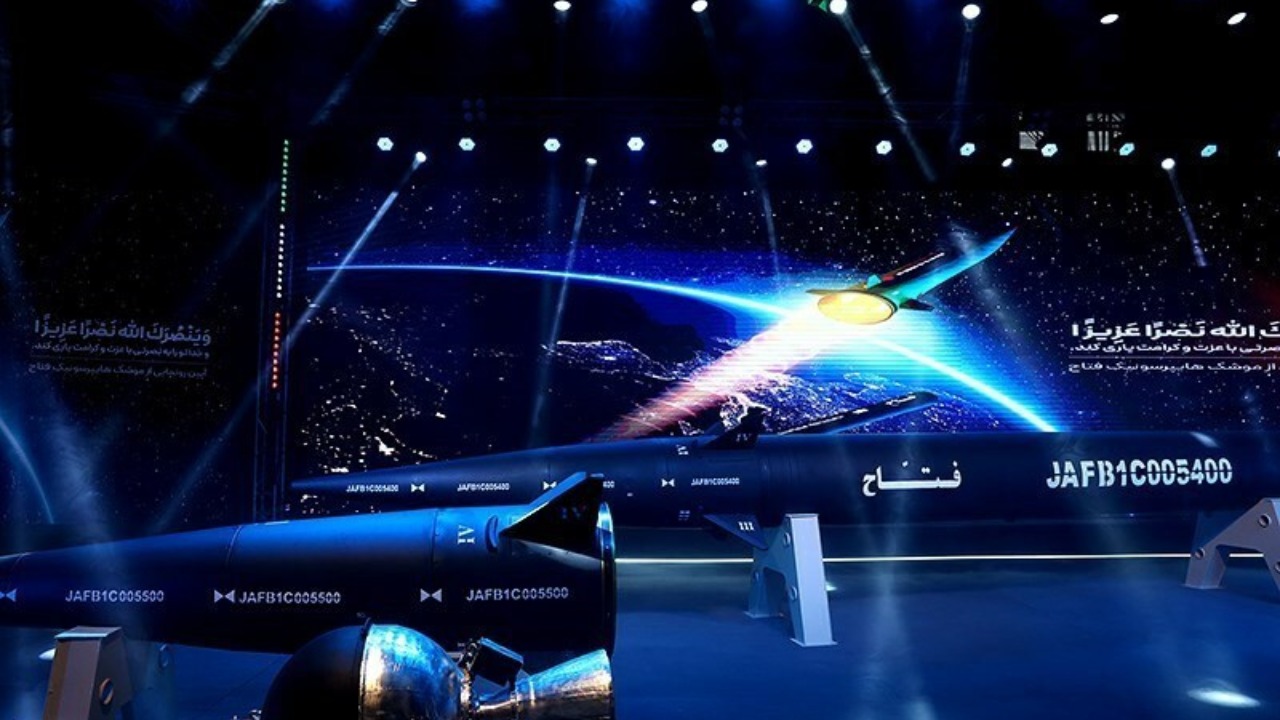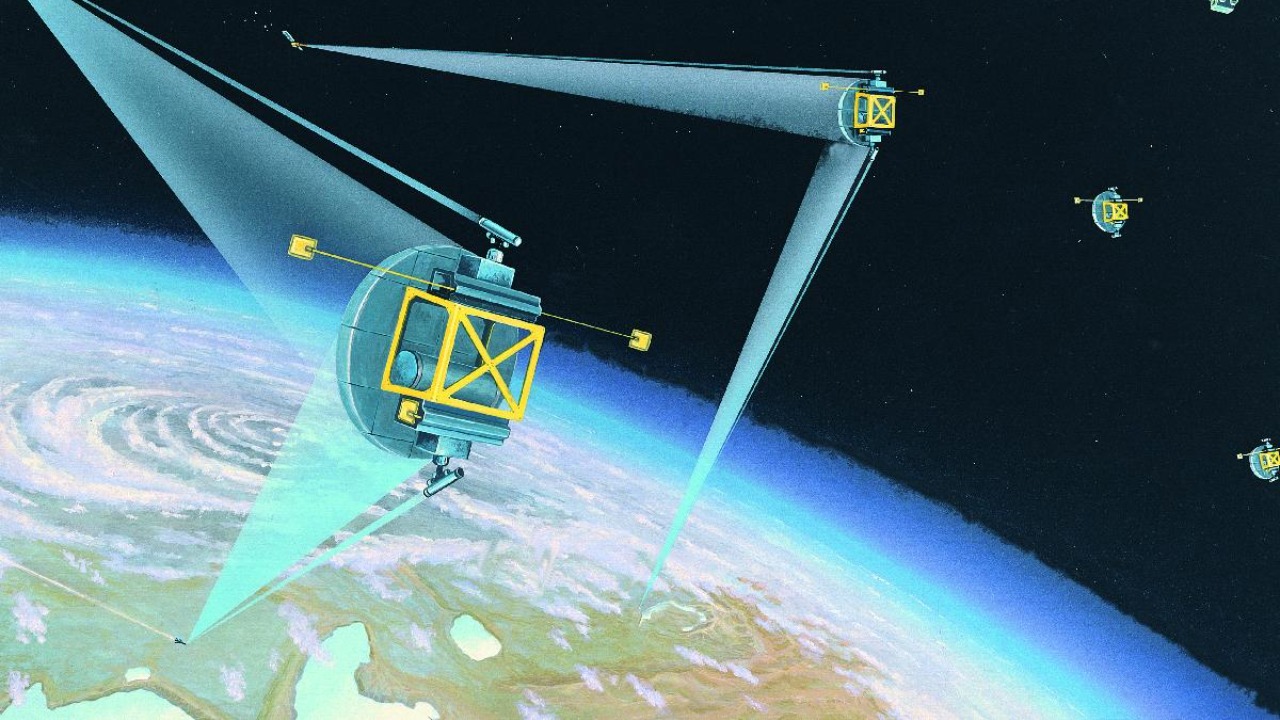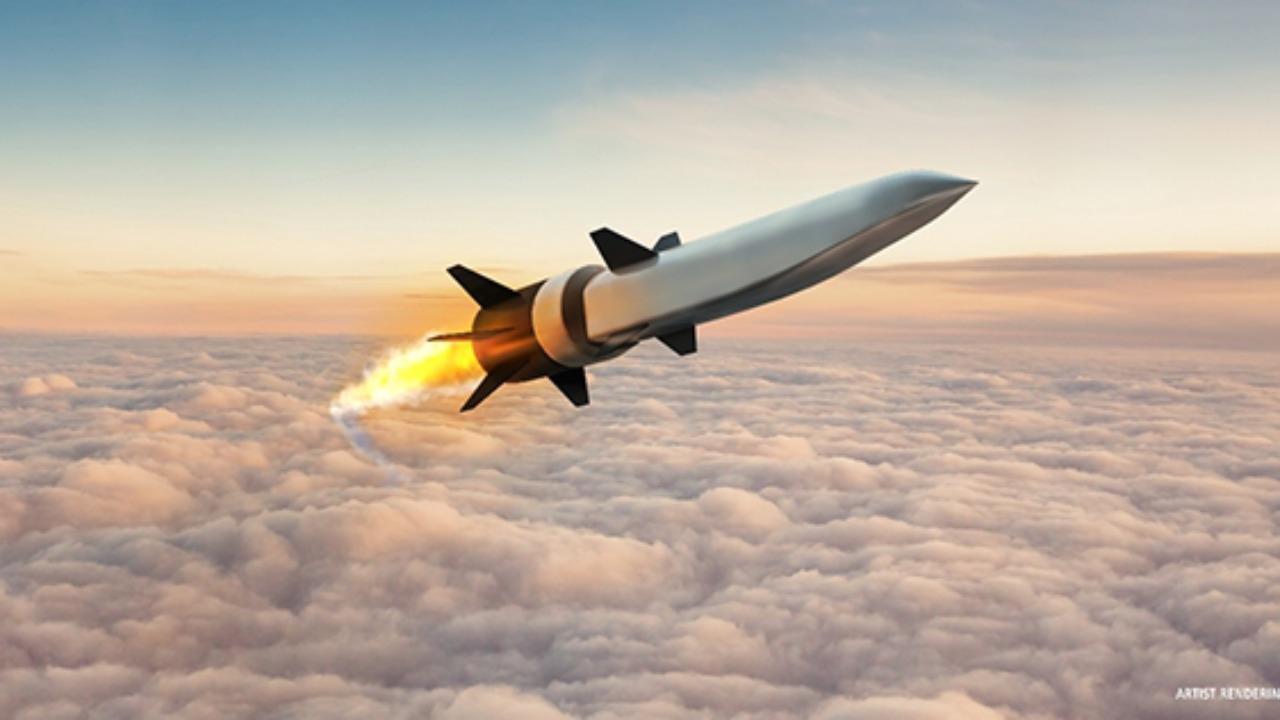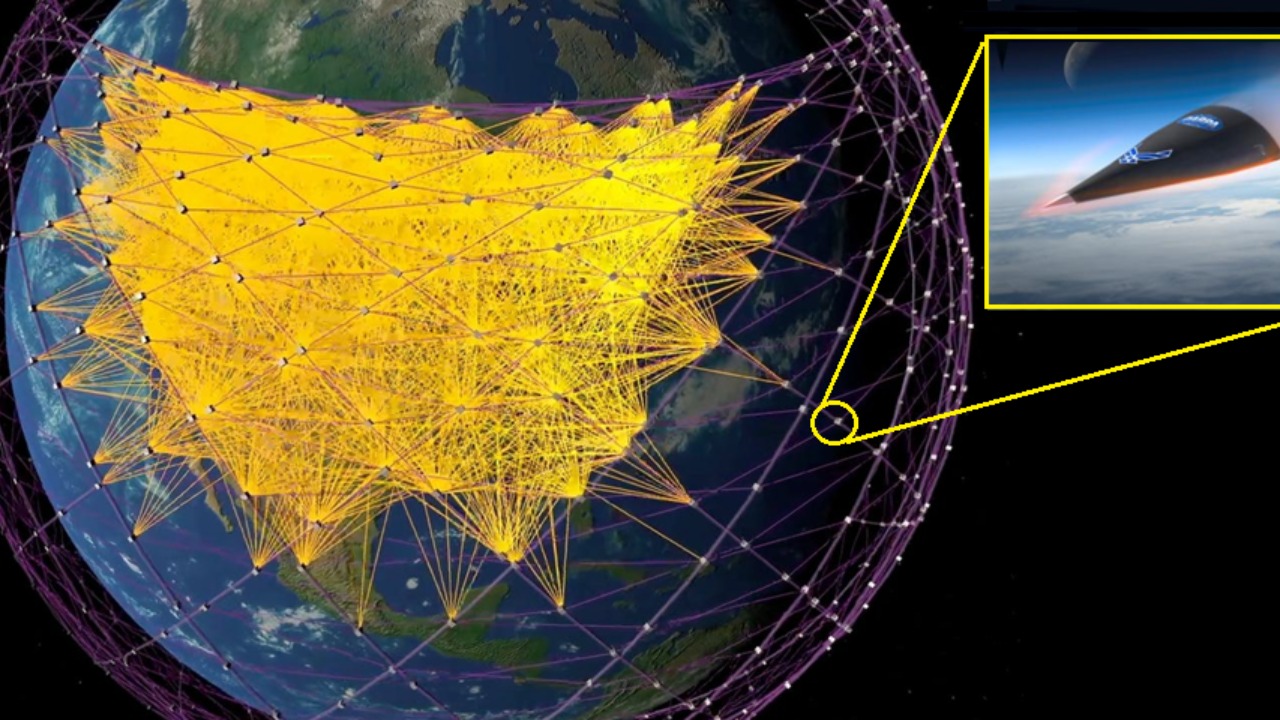
Russia has recently conducted tests of a new hypersonic space weapon, marking a significant development in modern military technology. This advancement underscores the growing global race for hypersonic dominance, with potential implications for international security and strategic stability. As nations scramble to secure technological superiority, the introduction of these advanced weapons systems could reshape defense strategies worldwide.
The Evolution of Hypersonic Technology

The roots of hypersonic technology trace back to the mid-20th century when researchers first explored the possibilities of vehicles traveling at speeds exceeding Mach 5. During the Cold War, both the United States and the Soviet Union invested heavily in hypersonic research, seeking to develop systems capable of evading traditional missile defenses. Early efforts included experimental aircraft like the North American X-15, which broke records and set the stage for future advancements.
Significant milestones in hypersonic technology have been achieved over the decades. The development of scramjet engines in the 1990s and early 2000s marked a turning point, enabling sustained high-speed flight. More recently, breakthroughs in materials science and computational modeling have facilitated the design of more efficient and durable hypersonic vehicles. These advancements have laid the groundwork for the current era of hypersonic weapons development.
Russia has been at the forefront of hypersonic technology in recent years, with a particular focus on military applications. The country’s journey began with projects like the Avangard, a hypersonic glide vehicle designed to evade missile defenses. Russia’s investment in hypersonics is part of a broader strategy to maintain parity with other global powers and assert its influence on the world stage.
Russia’s New Hypersonic Space Weapon

The new hypersonic space weapon tested by Russia represents a significant leap in military capabilities. Boasting speeds of over Mach 10, the weapon is designed to deliver precision strikes from space, making it a formidable addition to Russia’s arsenal. Its advanced guidance systems and maneuverability allow it to evade traditional missile defense systems, posing a new challenge for adversaries.
The recent tests were conducted in a controlled environment, with the primary objectives being the validation of the weapon’s performance and the assessment of its integration into existing military infrastructure. The outcomes of these tests have reportedly met or exceeded expectations, signaling that Russia is on track to incorporate this technology into its strategic planning. According to recent reports, Russia plans to mass-produce these weapons, highlighting their importance in its military doctrine.
Strategically, the new hypersonic space weapon enhances Russia’s capability to project power globally and deter potential threats. By expanding its hypersonic arsenal, Russia aims to ensure its military remains competitive in an increasingly complex international landscape. This development could prompt other nations to accelerate their own hypersonic programs, further intensifying the arms race.
Global Hypersonic Arms Race

The global hypersonic arms race is characterized by intense competition among major powers, including the United States, China, and Russia. Each nation is investing heavily in the research and development of hypersonic technologies to gain a strategic edge. The United States, for example, has been advancing its own hypersonic capabilities through projects like the Dark Eagle missile program, aimed at countering threats from adversaries.
Comparative analysis reveals that while Russia’s new weapon is a significant achievement, other countries have made substantial progress as well. China’s hypersonic developments, such as the DF-ZF glide vehicle, demonstrate the country’s commitment to achieving hypersonic supremacy. Meanwhile, the U.S. continues to innovate with programs like the Hypersonic Air-breathing Weapon Concept (HAWC), which focuses on developing air-launched hypersonic cruise missiles.
International reactions to Russia’s hypersonic advancements have been mixed. Some countries view these developments as a destabilizing factor in global security, while others see them as an inevitable evolution of military technology. Strategic alliances, such as NATO, are closely monitoring the situation and considering adjustments to their defense postures in response to the emerging hypersonic threat.
Implications for Global Security

The advent of hypersonic weapons could significantly alter existing defense strategies and deterrence models. Their ability to deliver precision strikes at unprecedented speeds challenges traditional missile defense systems, prompting nations to reevaluate their strategic approaches. As hypersonic technology becomes more prevalent, countries may need to invest in advanced detection and interception systems to maintain their security.
Arms control presents a unique challenge in the context of hypersonic weapons. Existing treaties, such as the New START, do not explicitly address these systems, creating a regulatory gap that complicates efforts to limit their proliferation. As hypersonic technology continues to evolve, international bodies may need to develop new frameworks to address the complexities of these advanced weapons systems.
Looking to the future, hypersonic technology could reshape global security dynamics in various ways. Nations may pursue new alliances and partnerships to counter perceived threats, while others might focus on developing countermeasures to defend against hypersonic attacks. The potential for rapid technological advancements also raises questions about the long-term implications of hypersonic weapons on strategic stability and international peace.
Technological and Ethical Considerations

Developing hypersonic weapons systems presents several technological hurdles, including the need for advanced materials that can withstand extreme temperatures and pressures. Additionally, the integration of sophisticated guidance and control systems is essential to ensure the accuracy and effectiveness of these weapons. As nations continue to invest in hypersonic technology, overcoming these challenges will be crucial to their success.
Ethical considerations are also a significant factor in the deployment of hypersonic weapons. The potential for these systems to deliver devastating strikes with little warning raises moral questions about their use in conflict. The risk of escalation and unintended consequences further complicates the ethical landscape, prompting debates about the responsible development and employment of such advanced weaponry.
Innovation plays a dual role in addressing the challenges and ethical considerations associated with hypersonic weapons. On one hand, advancements in technology could lead to more precise and controlled systems, reducing the likelihood of collateral damage. On the other hand, the rapid pace of innovation may exacerbate existing concerns, particularly if new technologies outpace regulatory frameworks and ethical guidelines.